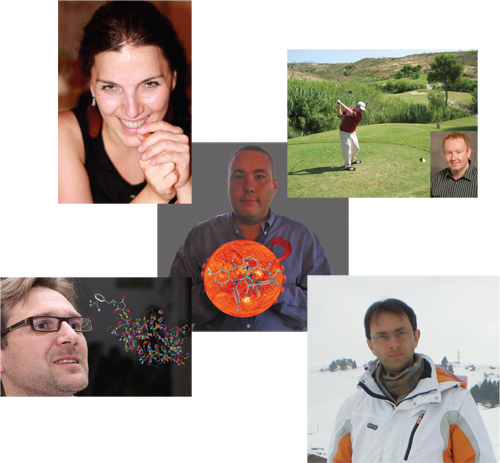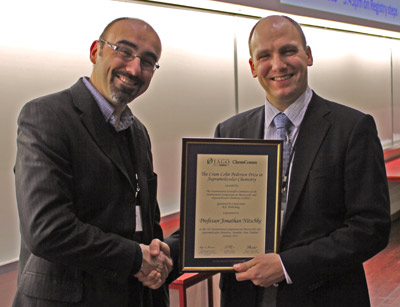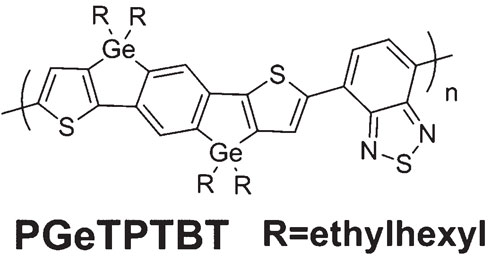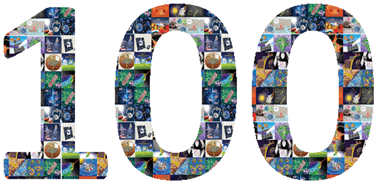Don’t miss out on the ChemComm–RSC Prizes & Awards Symposium in association with the RSC Analytical Division!
Date: Wednesday 22nd February 2012
Location: Imperial College London, UK
Time: 1300-1800
The purpose of this event is to bring together scientists in a stimulating and friendly environment to recognise the achievements of individuals in advancing the chemical sciences and also to foster collaborations. The symposium will appeal to academic and industrial scientists with an interest in analytical science, protein structure and interactions, and biosensors. Attendance at the symposium is FREE OF CHARGE and student participation is strongly encouraged.
The following distinguished scientists have agreed to speak:
- Dr Perdita Barran, University of Edinburgh, UK (ChemComm sponsored speaker) – Resolving solution structures in the absence of solution
- Professor Carol V Robinson, University of Oxford, UK (RSC Interdisciplinary Prize winner) – Membrane protein complexes at last
- Professor G Marius Clore, NIDDK, National Institutes of Health, USA (RSC Centenary Prize winner) – Exploring sparsely-populated states of proteins and their complexes by paramagnetic and diamagnetic NMR
- Professor Albert Heck, Utrecht University, the Netherlands (ChemComm sponsored speaker) – Modern biomolecular mass spectrometry and its role in studying virus structure, dynamics, and assembly
- Professor R Graham Cooks, Purdue University, USA (RSC Centenary Prize winner) – Mass spectrometry simplified: ambient ionization and miniature mass spectrometers
- Professor Anthony P F Turner, Linköpings University, Sweden (RSC Theophilus Redwood Award winner) – Biosensors: Sense and Sensibility
For further details and to register your interest, please contact Anne Horan.

















